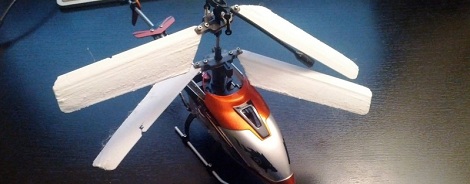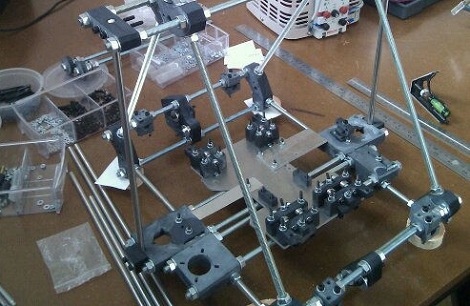This is why digital picture frames were invented

[Petros] sent in this video of his visualization of Van Gogh’s Starry Night. He did this with openFrameworks and also made a version that reacts to sound. Is anyone else reminded of that one scene in Vincent and the Doctor?
A boat’s a boat, but a mystery box can be anything

[Rick] wanted to build a lock pick training station for the Eugene Maker Space, but he needed a way to make it interesting. What could be better than a mystery box? When you pick the deadbolt, open the box up and you’ll get a prize. Just make sure you put something of yours in the box for the next person.
3D printer prints its own case

Because the 3d printer community isn’t segmented enough, [Sublime] decided to design a new one. Here’s where it gets cool: the Tantillus can print its own case, and can ‘daisy chain’ to another Tantillus so only one set of electronics are needed. Interesting ideas afoot.
A diamond says I love you, but a duct tape rose says I’ll fix that for you

Valentine’s Day is coming up, so if you haven’t already made dinner reservations, you’re probably up the creek. How about making a duct tape rose for that special person in your life. Bonus: a dozen costs $3, and they won’t die in a week.
Using keypads over serial or SPI

[Leniwiec] sent in a tutorial on connecting keypads to a microcontroller with a serial or SPI interface. If you want to build a calculator, this is your chance. We’d use this for an Apollo Guidance Computer, though.

















